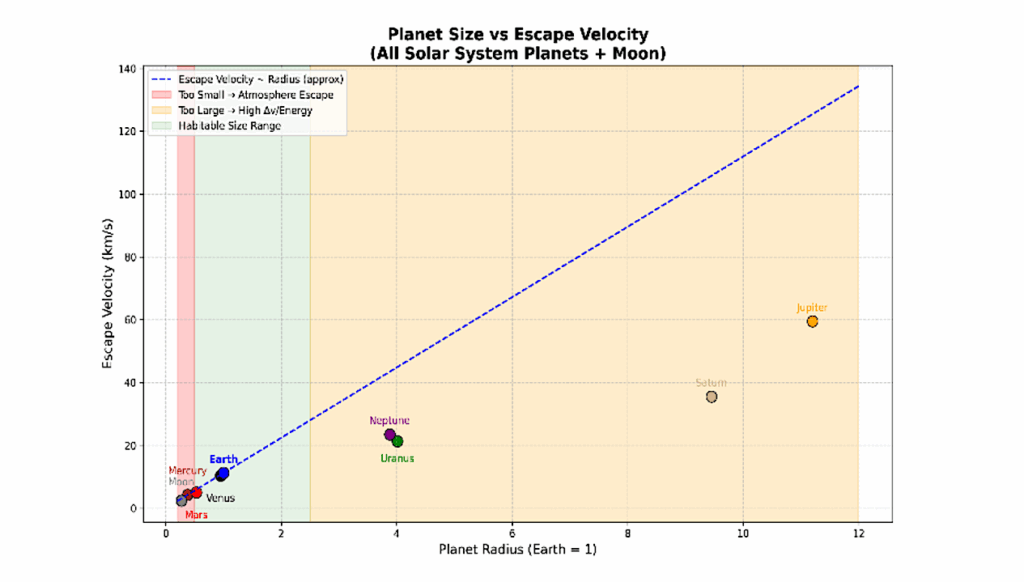Inferring Exoplanet Disequilibria with Multivariate Information in Atmospheric Reaction Networks

Inferring the properties of exoplanets from their atmospheres, while confronting low resolution and low signal-to-noise in the context of the quantities we want to derive, poses rigorous demands upon the data collected from observation.
Further compounding this challenge is that inferences of exoplanet properties are built from forward models, which can include errors due to incomplete or inaccurate assumptions in atmospheric physics and chemistry. The confluence of observational noise and model error makes developing techniques to identify predictive features that are robust to both low s/n and model error increasingly important for exoplanet science. We demonstrate how both issues can be addressed simultaneously by taking advantage of underutilized multivariate information already present in current atmospheric models, including thermodynamic statistics and reaction network structure.
To do so, we provide a case study of the prediction of vertical mixing (parameterized as eddy diffusion) in hot Jupiter atmospheres and show how prediction efficacy depends on what model information is used – e.g. chemical species abundances, network statistics, and/or thermodynamic statistics. We also show how the variables with the most predictive power vary with planetary properties such as temperature and metallicity. Our results demonstrate how inferences built on single metrics do not have utility across all possible use cases.
We also show how statistical measures derived from network analyses tend to be better predictors when accounting for the possibility of missing data or observational uncertainty. We discuss future directions applying multivariate and network model information as a framework for increasing confidence in inferences aimed at extracting features relevant to exoplanet atmospheres and future applications to the detection of life on terrestrial worlds.
Theresa Fisher, Hyunju Kim, Camerian Millsaps, Michael Line, Sara Imari Walker
Comments: 54 pages (including supplement); 10 figures and 2 tables in main text, 17 figures in supplement
Subjects: Earth and Planetary Astrophysics (astro-ph.EP)
Cite as: arXiv:2104.09776 [astro-ph.EP] (or arXiv:2104.09776v1 [astro-ph.EP] for this version)
Submission history
From: Sara Walker
[v1] Tue, 20 Apr 2021 06:14:59 UTC (7,112 KB)
https://arxiv.org/abs/2104.09776
Astrobiology,








